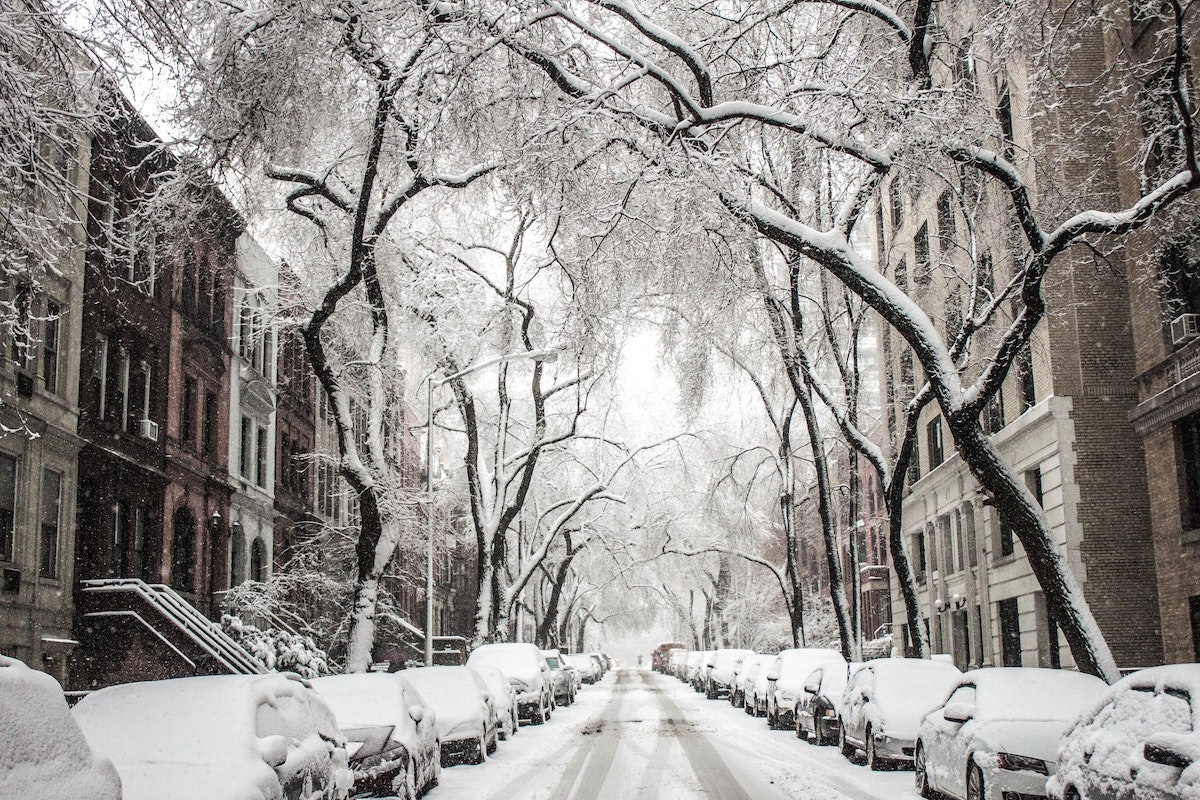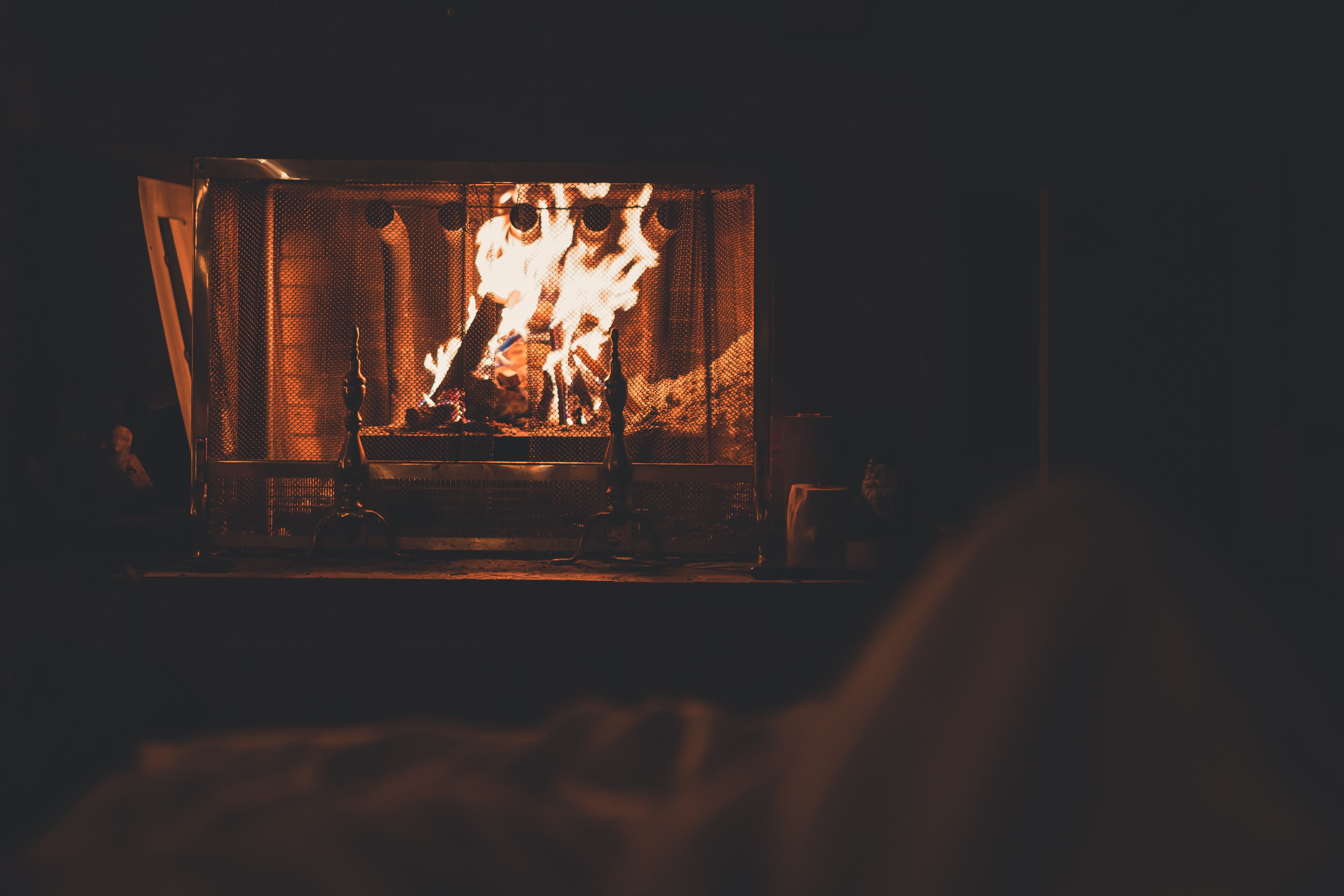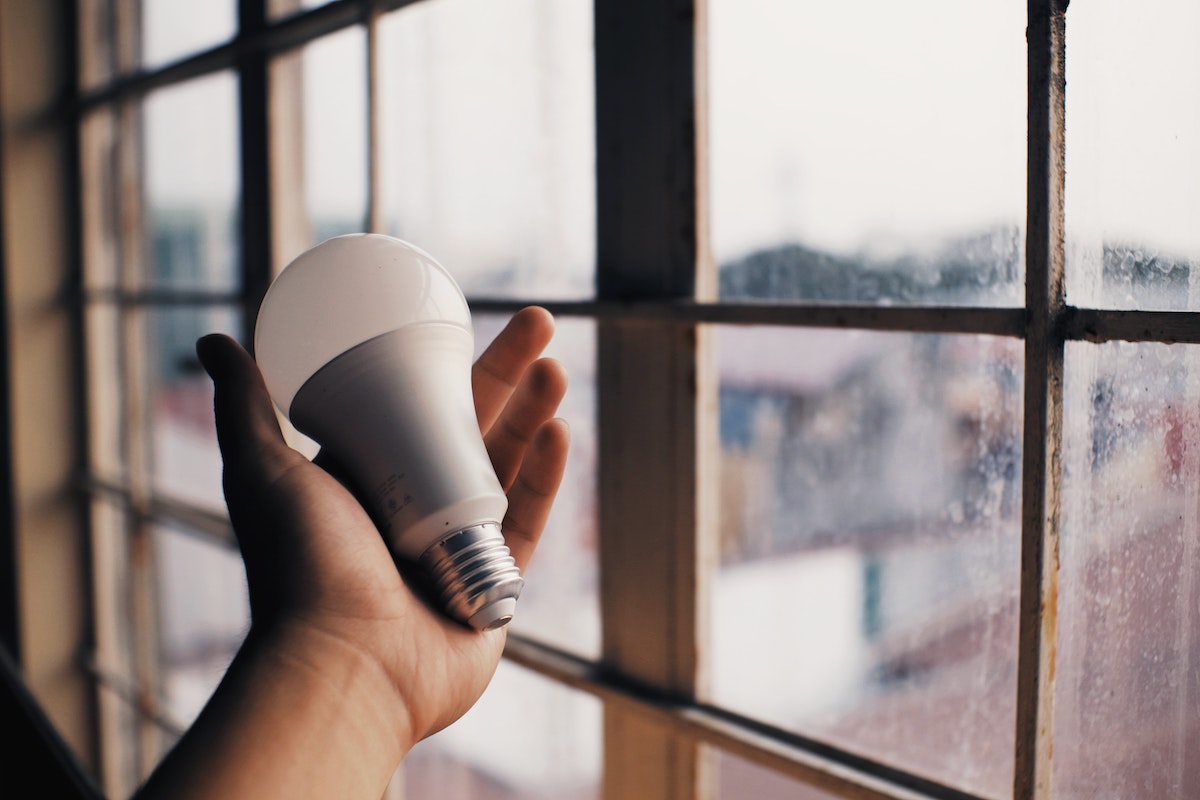Regardless of where you reside, you have likely felt the effects of inflation over the past few years. All across the nation, we’ve seen prices rise across industries.
In 2022, the national inflation rate was higher than it had been since the early 1980s. According to the Bureau of Labor Statistics, the annual inflation rate in May was 8.6%, its highest level since 1981, as measured by the Consumer Price Index (CPI). Other inflation metrics also have shown significant increases over the past year or so, though not quite to the same extent as the CPI.
However, at the end of the year in October 2022, the Consumer Price Index rose much slower than expected, indicating that inflation is headed in the right direction. This led to a dramatic increase in the stock market and hope for the Federal Reserve.
It looks like inflation is slowing down in 2023, but unfortunately not entirely out of sight or mind.
All that said, inflation isn’t impacting every place the same. Let’s take a closer look at the effects of inflation on major U.S. cities and how they specifically compare to the Windy City.
Chicago inflation mirrored the national trend when it reached a 40-year high last summer. In June 2022, the Windy City hit 9.1 percent, which took a hit on consumers and businesses alike. Costs for food, labor, rent, gasoline, and food rose dramatically.
Over the past year, Chicago’s Consumer Price Index for All Urban Consumers (CPI-U) increased by 6.8 percent. However, since the heat of summer, inflation is cooling down even more than expected, easing some consumer concerns. The most recently reported CPI-U inflation rate for Illinois is 7.1 percent.
According to the U.S. Bureau of Labor Statistics, prices in the Chicago area were down 0.6 percent over the past month but up 6.8 percent from a year ago.
Let’s take a look at some of the current living expenses for an average Chicagoan:
- Basic monthly utilities: $164.26
- Internet: $65.48
- Monthly minimum for food: $385.28
- Gasoline per gallon: $4.41
- Monthly pass for public transit: $80
The price per square foot to buy an apartment in downtown Chicago is $382.14
The Big Apple has always been known as one of the most expensive places to call home. So, inflation hasn’t made affording a New York lifestyle any easier.
At this point, New York is considered the second priciest city in the United States.
Reports indicate that the soaring prices for rent, meals, and everything else in NYC are pushing younger workers to seek more affordable cities. According to the U.S. Census Bureau population estimates, New York lost more residents than any other state between April 1, 2020, and July 1, 2021.
However, this month has also provided hope for the city. According to a recently released New York Fed Survey, the one-year inflation outlook declined to 5 percent, the lowest level since July 2021. Household spending expectations tumbled an entire percentage point to 5.9%, the lowest level since January 2022.
Consumers expect gas prices to increase 4.1% and food prices to rise 7.6% over the next year, in both cases a 0.7 percentage point decline from the previous month.
Living in New York City, you could expect to spend the following based on averages:
- Basic monthly utilities: $183.83
- Internet: $70.04
- Gasoline per gallon: $4.08
- Monthly pass for public transit: $129
A whopping $1,372.51 is the average price per square foot to buy a home in downtown New York City. That is almost four times the cost of purchasing a place in Chicago.
The City of Angels has always come at a cost. As the second largest city in America, many people pay a premium for the city’s amazing weather, attractions, culture, and more.
Not surprisingly, inflation has made LA living even more of a financial stretch. Last year, LA also experienced inflation rates higher than it had been in forty years.
In November of 2022, Los Angeles felt a sense of relief when the local inflation took the largest one-month drop in a decade. However, the local CPI is still up an unhealthy 6% in a year, a modest improvement from 2022’s 8.6% inflation high.
Here are some of the average and common LA living expenses:
- Basic monthly utilities: $144.95
- Internet: $67.69
- Gasoline per gallon: $5.46
- Monthly pass for public transit: $99.50
If you’re trying to purchase a home in downtown Los Angeles, prepare to pay around $852.25 per square foot.
The Bay Area is another area that will cost you a pretty penny.
A new report by the Economist Intelligencer Unit recently ranked San Francisco as one of three U.S. cities ranked as the most expensive in the world amid rising inflation and cost of living.
Toward the final months of 2022, area prices were up one percent and 6 percent from the previous year. Currently, the cost of living in San Francisco is 38 percent higher than the state average and 96 percent higher than the national average.
Let’s break down some of those specific expenses:
- Basic monthly utilities: $251.24 (24 percent higher than the national average)
- Internet: $68.06
- Gasoline per gallon: $6.19
- Monthly pass for public transit: $88.50
Housing here will really cost those looking to buy. It’s 238 percent more expensive than the U.S. average, with the price per square foot to buy a city apartment at $1,074.84.
According to research conducted by Beacon Hill Institute, the inflation rate in Massachusetts is outpacing the country in several key categories, including gas, used vehicles, and electricity.
The U.S. Bureau of Labor Statistics indicates that prices in Boston, Massachusetts are seven percent higher in 2022 compared to 2021. That’s a $1.40 difference in value. This historic rise is partly attributed to growing housing and motor vehicle costs.
The rise in inflation also explains the expensive cost of living:
- Basic monthly utilities: $183.55
- Internet: $60.02
- Gasoline per gallon: $3.80
- Monthly pass for public transit: $90
Prospective homeowners can expect an average cost of $1,022.99 per square foot to buy a home in downtown Boston.
A new study by WalletHub indicates that the D.C. region is seeing some of the highest levels of inflation in the country. Currently, the D.C./Arlington/Alexandria region is ranked 21 nationwide.
D.C. experienced an increased inflation rate of 6.5% in 2022 compared to the prior year.
Check out some of the average costs associated with D.C. living that have been affected by inflation:
- Basic monthly utilities: $159.71
- Internet: $75.65
- Gasoline per gallon: $3.78
- Monthly pass for public transit: $104
You can purchase a home for roughly $732.26 per square foot in downtown D.C. According to Business Insider, the median home value here has continued to increase year-over-year while some markets are beginning to cool off.
Nashville Inflation
The charming Music City is not singing happy tunes when it comes to inflation. New people have poured in, prices have soared, and longtime residents have been pushed out.
Merchant Maverick ranked Tennessee as having the third highest impact based on a score that included rankings of consumer price index change, regional price parity, state sales tax rate, and median household income.
Here are where average daily expenses are sitting in Nashville:
- Basic monthly utilities: $185.33
- Internet: $83
- Gasoline per gallon: $3.32
- Monthly pass for public transit: $67.50
Housing prices have more than doubled in 10 years, as a population boom has brought nearly 400,000 new residents to the area. Buying a home in downtown Nashville means you’ll pay around $452 per square foot.
This trendy Texas city is now considered one of the most expensive big cities in the country, coming in at number 8. According to a recent inflation report, consumer prices here are rising faster than expected.
Here is what Austin residents can expect to pay on certain living expenses:
- Basic monthly utilities: $193.83
- Internet: $71.66
- Gasoline per gallon: $3.45
- Monthly pass for public transit: $49.96
Prices of single-family rental homes are up 36%, with the price per square foot around $845.
The effects of inflation have been felt everywhere. While the Windy City isn’t immune, Chicago’s inflation has not been as severe as other large cities.
So, if you’re considering relocating to Chicago or purchasing a home here, let our team of experienced brokers help you find your dream home.
Looking to learn more about other expenses you can expect while living in Chicago? Follow the link below!











